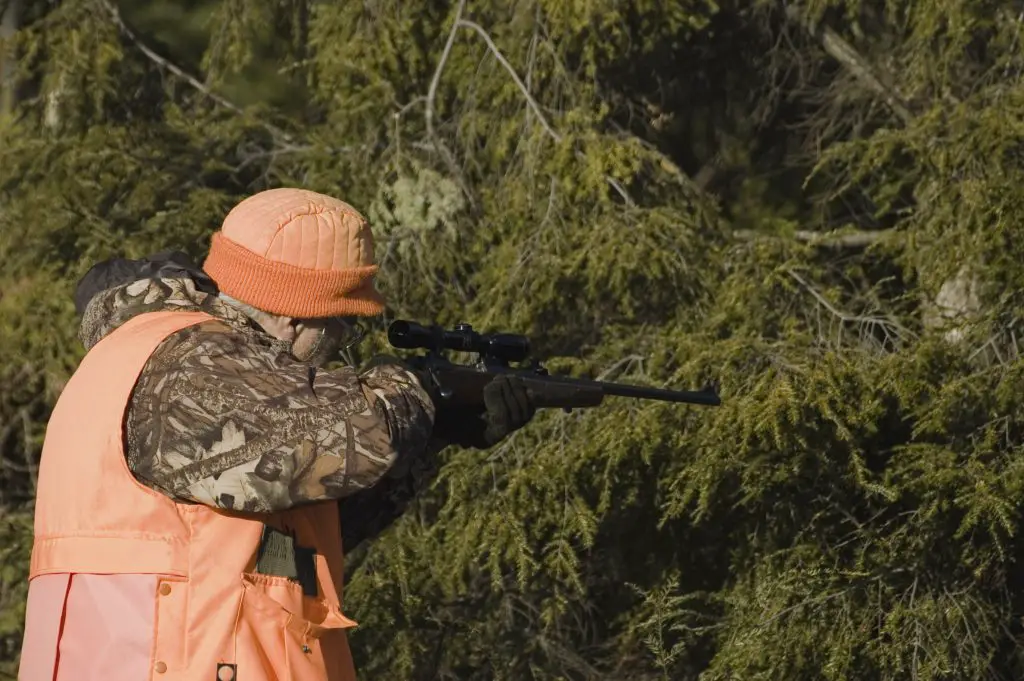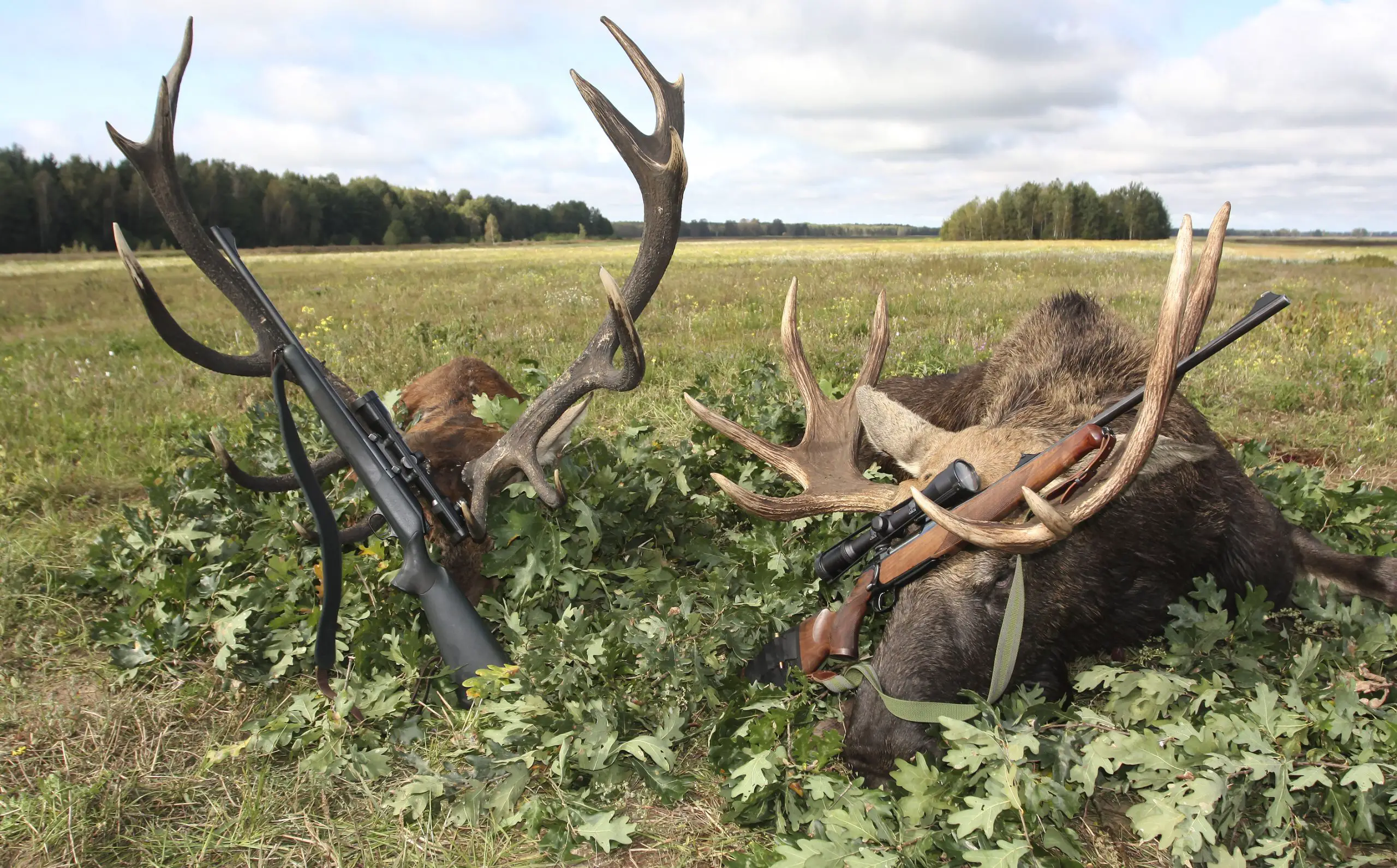Last Updated on May 13, 2023 by Dwayne Easton
Some people say there are Just two species of deer are native to North America ( but occasionally they interbreed). So there are 3 kinds of “deer” in general, 6 members of the deer family. 58 officially recognized subspecies of deer, and 80 trophy categories of deer in North America.

Whitetail and mule deer. The third group is the Pacific coastal (or Columbia) blacktail. It is a regional variation of the mule deer with enough individuality to be considered a legitimate subspecies.
The hunting of various species of wild deer has been a national passion and tradition for countless generations. Many Native American stories and accounts are riddled with the hunting and harvesting of whitetails. It varied from the sport of kings to staple food subsistence. Venison is not only delicious, but one of the healthiest kinds of meat for humans. Deer specialize in food with high nutritional value, and so prefer young, fresh landscapes.
Whitetail deer are most abundant in the eastern U.S. Though none of the contiguous 48 states are devoid of the animal. The only states lacking viable populations are California, Nevada, and Utah. With its abundance the whitetail’s ability and willingness to live near human population makes it the most commonly sighted. That makes it the most Run over and hunted large mammal we have.
HOW TO SPOT THE DIFFERENCE BETWEEN WHITETAIL, MULE AND BLACK-TAILED DEER
You need to know the difference between these kinds of deer. especially where you can meet two species but legally hunt one. That refers to whitetail and mule deer, whose ranges overlap in many parts of the US, Canada and Mexico. They’re easy to tell apart, and every experienced hunter knows how.
The big difference, is that part of the white-tailed deer’s body that gave it its name. An escaping deer raises the tail, and shows a bright flag of white fur, used as an alarm signal to other deer. Mule deer doesn’t have anything anywhere near so flashy. On the underside their tails are more beige or creamy in color. While on the outside a mule deer’s tail is longer and narrower than a whitetail’s, and features a black tip.
Mule deer can be recognized by its large ears that earned them their name. Early European settlers said they resembled those of a mule. A mule deer’s face has also has more of the white color than a whitetail’s. The Antlers of the species are also different. Whitetail antlers have one main beam, from which minor points separate. Mule deer antlers fork. each beam is divided into two equally sized points, then each of these points branches again. The deer have so many typical and atypical antler forms that identification by antlers alone isn’t too reliable. Ok lets get going.
CHOOSE YOUR WEAPON

RIFLE
The first place to start with deer hunting is to decide your method. Do you want to be a rifle hunter or do you want to be an alternative methods hunter (bow, crossbow.)? A lot of hunters start with a rifle because it is the most accessible place to start but not a necessity. It is worth your time and efforts to go to a gun store and “try out” potential rifles . Pick up the guns, shoulder them, do the actions, sight-in an object on the floor or ceiling, and see how you like them. To complete the task effectively in deer hunting requires a cartridge with a little punch. You need the proper amount of power combined with your ability to manage recoil. A few favorite calibers amongst deer hunters are
. 270 Winchester
. 308 Winchester
. 30-30 Winchester
. 30-06 Springfield
. 7mm Remington Magnum.
Read and watch as many reviews as possible to educate yourself. If you choose an adequate caliber and the gun fits you well, you have won half of the battle. All you have to do now is practice.
BOW OR CROSSBOW
Using a bow or crossbow a shorter range is involved. bow/crossbow hunting deer is a much more intimate experience that also demands more of the hunter in skill, patience and perseverance. Unlike hunting with a gun, success with a bow rides on your ability to capitalize on an opportunity to close the distance and take a well-placed shot.
EARLY SEASON
The early season is considered the best time for bow/crossbow hunting deer as they are not yet too fearful of the sight of humans out in the wild. Deer are also more intent on feasting on the vast amount of summertime food, making them easier to ambush as they travel from their afternoon grazing areas to reach their evening meal.
Needing to get up close and personal with deer when bow/crossbow hunting, it’s essential not to spook them early in the season. Dont be tempted to spend to much time in the wild scouting for the deer checking trail cameras as opening day approaches. Other hunters might do this on their hunting spots, but if you spend less time scouting before opening day, deer should move to your spot as they are pressured out of other hunters’ areas. By planning your strategy well in advance of other hunters, you set yourself up to enjoy an early season. As they start to increase activity in their areas, you should be decreasing. Causing deer to migrate near to your Blind or treestand as a haven from the activity elsewhere.
LATE SEASON
Regardless of whether you arm yourself with a bow, crossbow or with a rifle, hunting the late season demands more of the hunter than any other period. The colder weather makes the hunt far less comfortable, you need the right warm gear including warm hunting boots and socks. The deer are more warier of humans and more involved techniques are required to have any chance at success. knowledge of deer behavior and mastering the art of going unnoticed are essential if you want to be a successful late-season hunter.
DRESSING CORRECT FOR THE FIELD
The next step is to outfit yourself with the right hunting gear. Here are the basic necessities you need when heading into the woods on your hunt:
. Your gun/bow/crossbow
. Blaze orange hat and vest (wear this 100% of the time – it will save your life)
. A box or two of ammunition / arrows/bolts/ the right broadheads
. A good, sharp knife (for field dressing your deer)
. Tall rubber gloves (for field dressing your deer)
. A hunting flashlight (for tracking your deer)
. Warm gloves, hat, boots and jacket (for those cold November hunts)
. Your permits (the most essential item)
. A ziplock bag, zip tie, and a pen (depending on your state laws for tagging your game)
AFTER THE KILL
Before dressing your kill, make sure you first tag your deer. Follow the methods of tagging your game that are required by your conservation department, to the letter. Some states have you attach the permit to an antler, others have you place it in a plastic bag around the leg, and others have you tag the animal via smartphone. Make sure you are familiar with and prepared for the tagging procedures before you are out in the field. Dressing a deer are varied and every hunter thinks that their way is the best way. I recommend to do some research watching videos online.
Happy hunting

